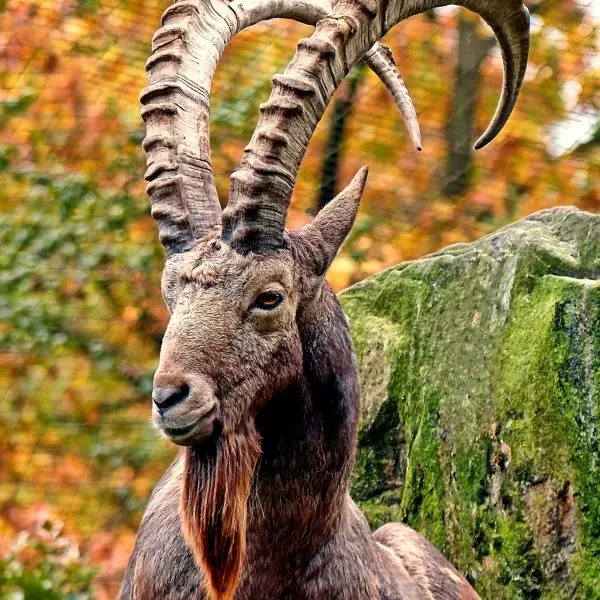Context
-
The study under National Mission on Himalayan Studies revealed a strong link between habitat use by Snow Leopard and its prey species Siberian ibex and blue sheep in a paper titled Landscape use and co-occurrence pattern of snow leopard (Panthera uncia) and its prey species in the fragile ecosystem of Spiti Valley, Himachal Pradesh.
Key Findings
Snow Leapards
- Habitat covariates, such as barren area, grassland, aspect, slope and distance to water were important drivers of habitat use for the snow leopard as well as its prey species.
Source: Wikipedia - Spiti Valley possessed a good habitat in and outside the protected areas which could support a viable population of both threatened snow leopard and its prey species.
- Protection of Snow leopard
- IUCN: Vulnerable
- Indian Wildlife (Protection) Act, 1972- Schedule-I
- Snow leopards have a vast but fragmented distribution across the mountainous landscape of central Asia, which covers different parts of the Himalayas such as Ladakh, Himachal Pradesh, Uttarakhand, and Sikkim.
Back to Basics
Blue Sheep
- The bharal (Pseudois nayaur), also called the blue sheep, is a caprine native to the high Himalayas.
- It is the only member of the genus Pseudois.

Source: Wikipedia - It occurs in India, Bhutan, China (in Gansu, Ningxia, Sichuan, Tibet, and Inner Mongolia), Myanmar, Nepal, and Pakistan.
- The Helan Mountains of Ningxia have the highest concentration of bharal in the world.
- The bharal is a major prey of the snow leopard.
- Protection
- IUCN: Least Concern
- Indian Wildlife (Protection) Act, 1972- Schedule I
Siberian Ibex
- Also known as the Altai ibex, Central Asia(n) ibex, Gobi ibex, Himalayan ibex, Mongolian ibex or Tian Shan ibex, is a species of ibex that lives in central Asia.
- It has traditionally been treated as a subspecies of the Alpine ibex, and whether it is specifically distinct from other ibex is still not entirely clear.
- It is the longest and heaviest member of the genus Capra, though its shoulder height is surpassed by the markhor.
- Siberian Ibex is a species of wild goat and is distributed in diverse habitats, ranging from cold deserts, rocky outcrops, steep terrain, high-land flats and mountain ridges to low mountains and foothills.

Source: Animalia.bio - From Mongolia, its distribution extends towards Altai, Hangai, Gobi-Altai, the Hurukh mountain ranges as well as Sayan Mountains near Russia and scattered populations in the small mountains of Trans-Altai Gobi.
- In India, the Ibex is distributed mainly in the trans-Himalayan ranges of the Union Territories of Ladakh and Jammu and Kashmir and Himachal Pradesh up to the river Sutlej.
- Himalayan Ibex is genetically different from all other ranges of Siberian Ibex.
- Protection:
- IUCN: Least Concern
- Indian Wildlife (Protection) Act, 1972- Schedule-I
Reference: TH
Visit Abhiyan PEDIA (One of the Most Followed / Recommended) for UPSC Revisions: Click Here
IAS Abhiyan is now on Telegram: Click on the Below link to Join our Channels to stay Updated
IAS Abhiyan Official: Click Here to Join
For UPSC Mains Value Edition (Facts, Quotes, Best Practices, Case Studies): Click Here to Join
